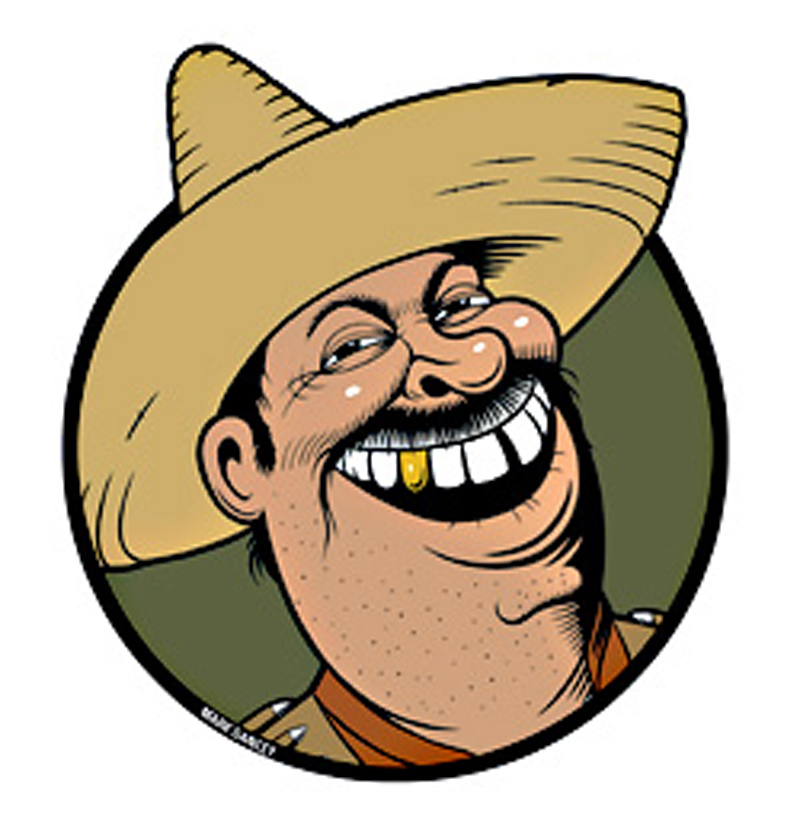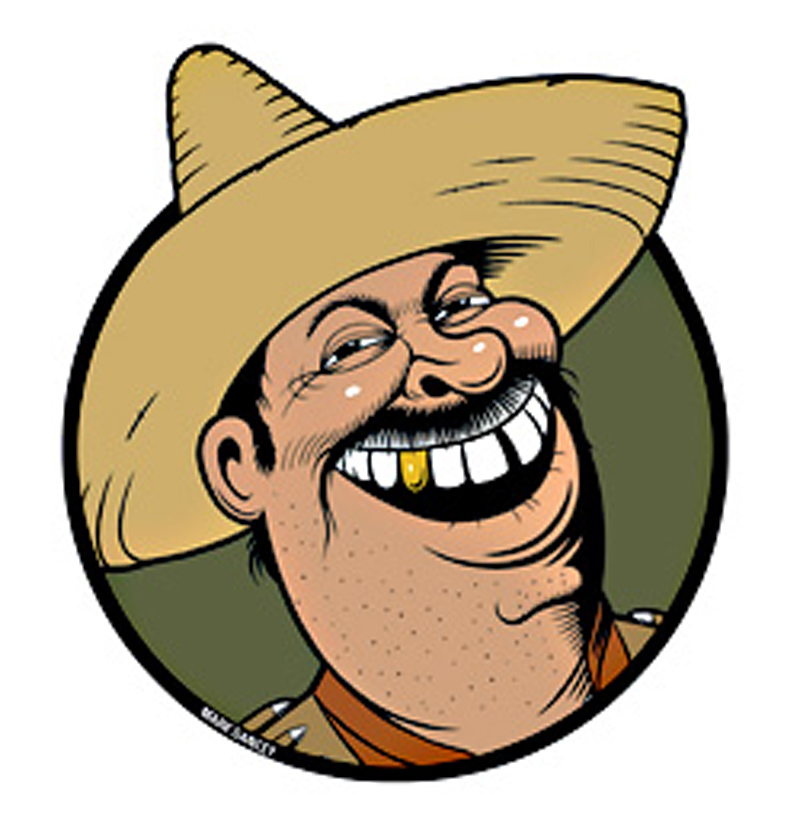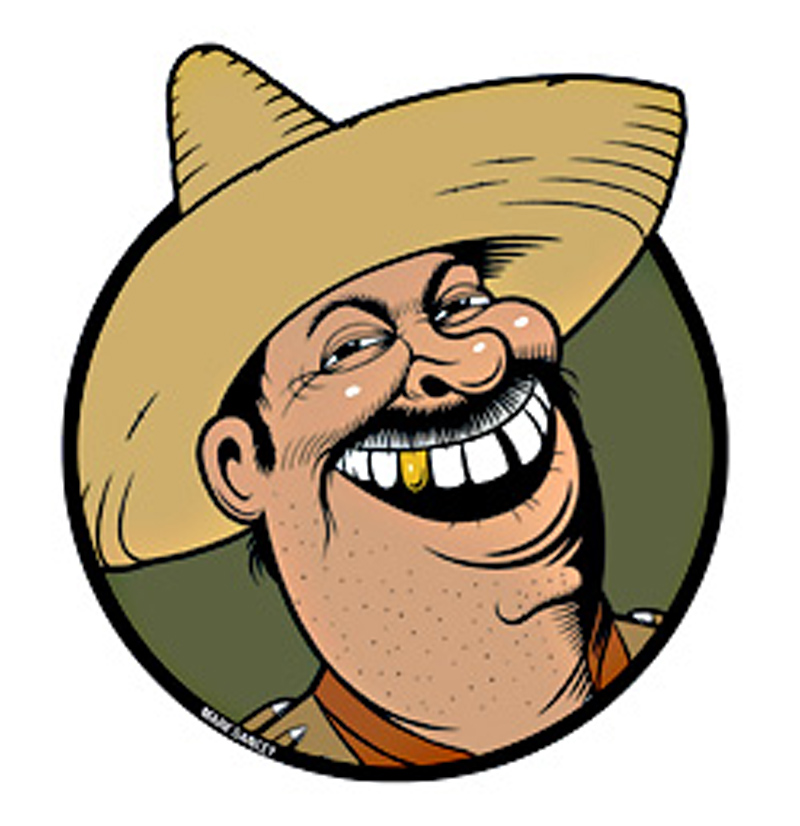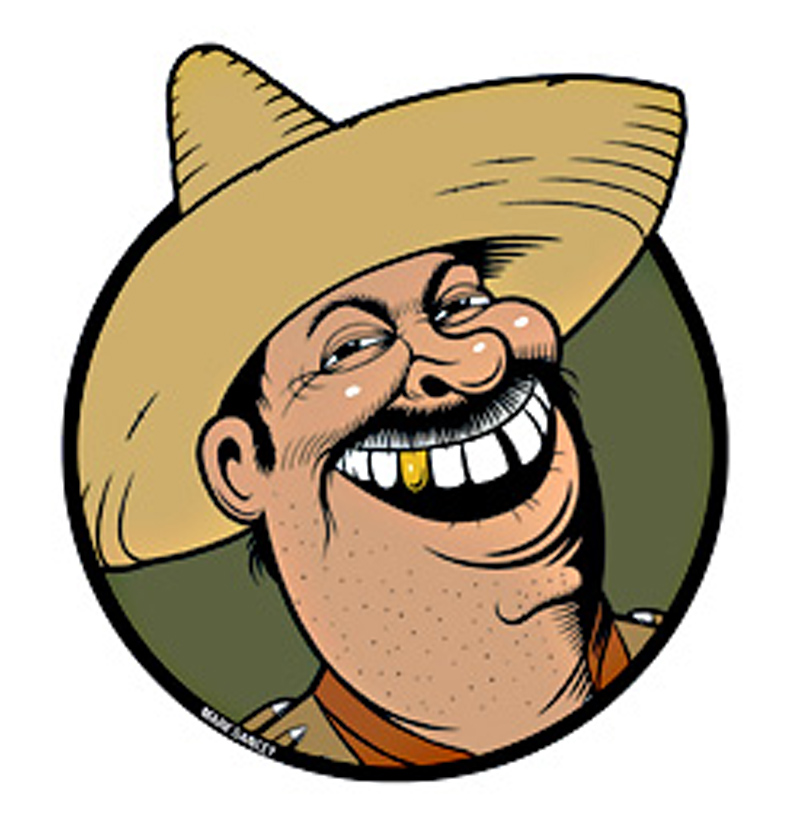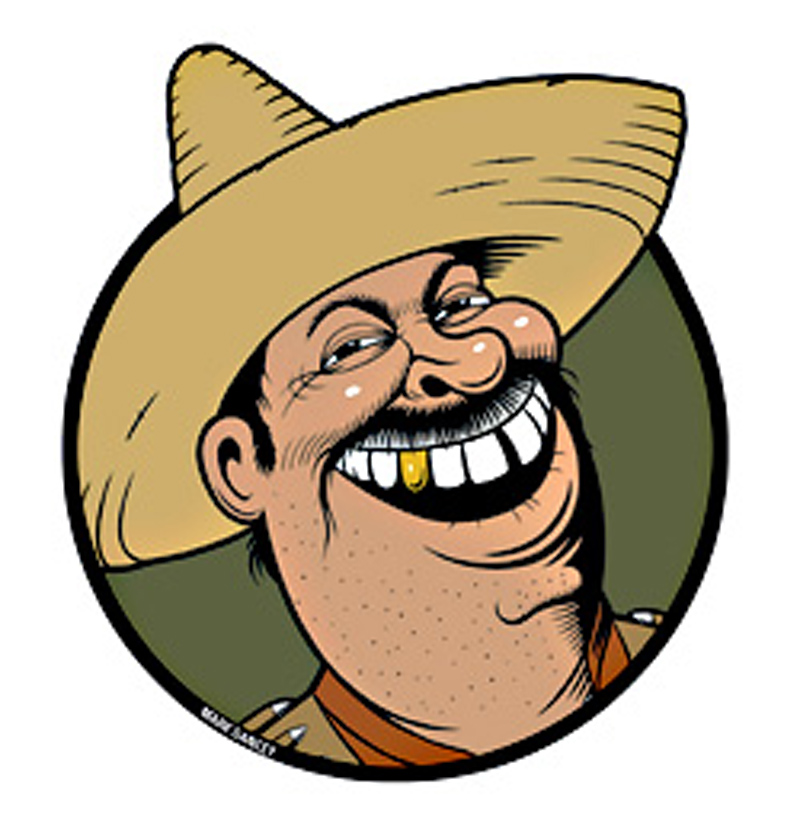DEAR READERS: The Mexican is currently smuggling mescal out of Oaxaca and into hipster bars nationwide, and thus gives you two oldies-but-goodies. But I do want to give a shout-out to Olympic silver medalist Leo Manzano, a former undocumented immigrant who’s turning out to be the greatest American middle-distance runner since the legendary Jim Ryun. Take THAT, Know-Nothings! Anyhoo, on to the preguntas…Dear Mexican,
It seems that whenever Chicano professors want to show off their mexicanidad, they wear a guayabera. In fact, I saw a picture of you in The Los Angeles Times donning the shirt, along with Dickies and Converse All Stars. How trite and bourgeois! You go to a café or bar in any university town in Mexico, and the students will think you’re totally naco. I stopped wearing the guayabera when a friend said I looked like a waiter in a Mexican restaurant. Do certain clothes determine your Mexicanness?Sexy MexiDear Pocho,
Abso-pinche-lutely. “The bigger the sombrero, the wabbier the man” is a commandment all Mexicans learn from the Virgin of Guadalupe. But seriously, Mexican clothes correspond to social and economic status—sweaty T-shirt indicates laborer, calf-length skirt means a proper Mexican woman, and if a cobbler used the hide of an endangered reptile to fashion your cowboy boots, you’re probably a drug dealer or a Texan. The guayabera (a loose-fitting, pleated shirt common in the Mexican coastal state of Veracruz and other tropical regions of Latin America) also announces something about its owner: The güey is feeling hot and wants to look sharp. Why the hate, Sexy? Remember what Andy Warhol said: “Nothing is more bourgeois than to be afraid to look bourgeois.” Who cares if people mistake you for a waiter if you sport a guayabera? Just spit in their soup. And who cares if Mexican university students call me, you, or any guayabera wearer a naco (Mexico City slang for bumpkin)? They can’t be that smart if they’re still in Mexico. What’s with the memorials on the back windows of Mexican cars? Some days, driving through Santa Ana, I feel like I’m navigating a cemetery.Muerte ManDear Gabacho,
Ruminating on the Mexican obsession with death is as hack as a reporter rolling with gangsters. Yes, Mexicans embrace death—we laud it in song, codify it with holidays, and, sí, plaster the names and dates of birth and death of our deceased beloveds on car windows, ornate back tattoos, and even sweatshirts.
“In Mexican homes across Aztlan, an altar is usually present,” notes La Pocha, a SanTana artist who specializes in Day of the Dead lore. “In this modern age, spending more time in our cars than our homes, resourceful Mexicans have placed mini-mobile altares in their vehicles. Now you can honor your dead homies while cruisin’ in your Chevy. That’s progress!””Death is present in our fiestas, our games, our loves, and our thoughts,” wrote Octavio Paz in his 1950 classic The Labyrinth of Solitude. “To die and to kill are ideas that rarely leave us. We are seduced by death.”But before you cite Paz—along with Aztec human sacrifice, cockfighting, bullfighting, and the front pages of Tijuana tabloids—as proof of our inherent bloodlust, Muerte Man, consider this: Isn’t there something honorable about living in the presence of death, something valuable, even, in remembering our mortality? Why relegate death to cemeteries as gabacho Protestants do? Why forget those who passed before us? As Paz wrote, “The cult of life, if it is truly profound and total, is also the cult of death because the two are inseparable. A civilization that denies death ends by denying life.”
